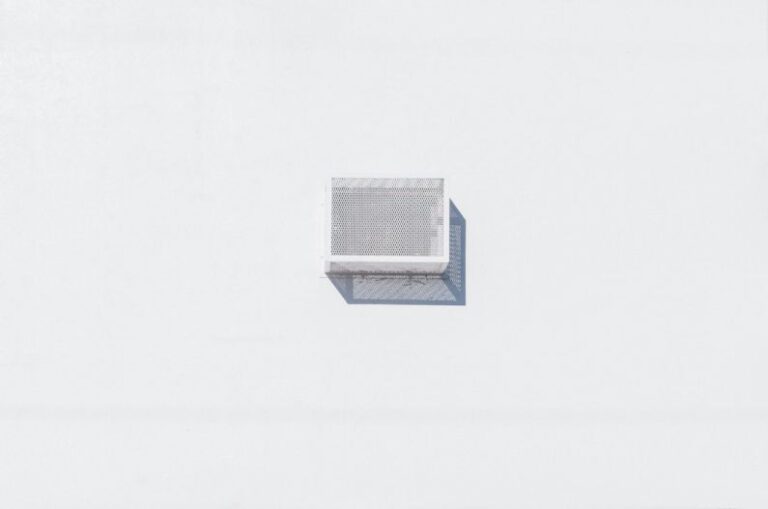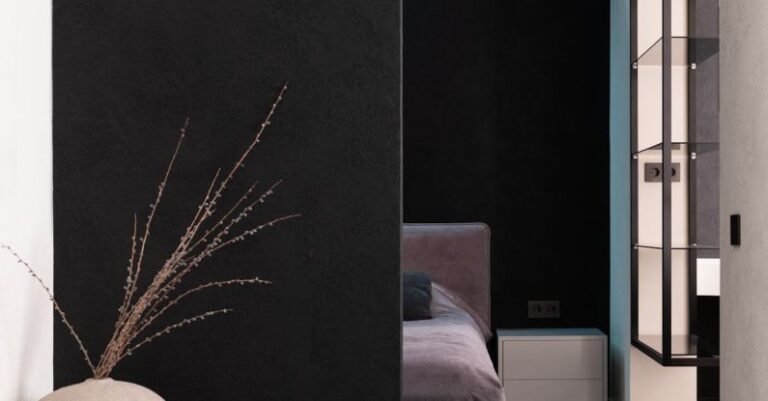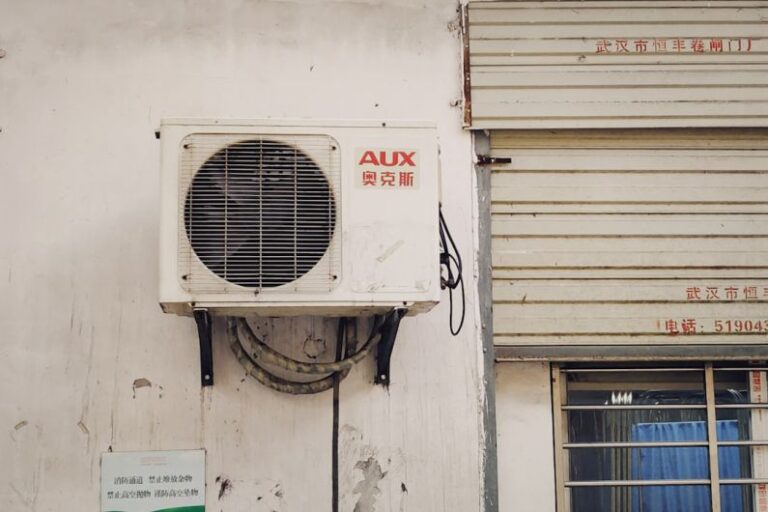
Selecting the right size ductless air conditioning unit is crucial for optimal performance and energy efficiency. When it comes to choosing the best size for your space, there are several factors to consider to ensure you get the most out of your investment. From room size to insulation levels, understanding the best practices for sizing ductless AC units can help you make an informed decision. Let’s explore some key considerations to keep in mind when selecting the right size ductless AC unit for your needs.
Assessing Room Size and Layout
One of the first steps in determining the appropriate size for a ductless AC unit is assessing the size and layout of the room or space you want to cool. Larger rooms will require more cooling capacity to maintain a comfortable temperature, while smaller rooms may be adequately served by a smaller unit. Measure the square footage of the room and consider any unique features that may impact airflow, such as high ceilings or open floor plans. Taking accurate measurements will help you determine the cooling capacity needed to effectively cool the space.
Accounting for Insulation and Climate
The level of insulation in your home plays a significant role in determining the size of the ductless AC unit you need. Well-insulated homes will retain cool air more effectively, allowing for a smaller unit to efficiently cool the space. On the other hand, poorly insulated spaces may require a larger unit to compensate for heat loss. Additionally, consider the climate in your area when choosing a ductless AC unit. Warmer climates may require a higher cooling capacity to combat hot temperatures, while cooler climates may allow for a smaller unit to adequately cool the space.
Considering Heat Gain Factors
When sizing a ductless AC unit, it’s essential to consider potential sources of heat gain in the room. Appliances, electronics, and even the number of occupants in a space can all contribute to the overall heat load. By accounting for these factors, you can select a unit with the appropriate cooling capacity to offset heat gain and maintain a comfortable indoor temperature. Be mindful of any heat-producing equipment or activities that may impact the cooling requirements of the space.
Consulting with a Professional
If you’re unsure about the size of the ductless AC unit you need, consider consulting with a professional HVAC technician. An experienced technician can assess your space, take into account various factors like insulation, room size, and heat gain, and recommend the best size unit for your needs. Investing in a professional assessment can help ensure that you select a ductless AC unit that is appropriately sized for your space, maximizing energy efficiency and performance.
Optimizing Energy Efficiency
Choosing the right size ductless AC unit is key to optimizing energy efficiency in your home. An oversized unit may cycle on and off frequently, leading to increased energy consumption and wear and tear on the system. On the other hand, an undersized unit may struggle to cool the space effectively, resulting in higher energy bills and reduced comfort. By selecting a unit that is the right size for your space, you can improve energy efficiency and reduce operating costs over time.
In conclusion, selecting the best size ductless AC unit involves assessing factors such as room size, insulation, heat gain, and climate to ensure optimal performance and energy efficiency. By considering these key factors and consulting with a professional if needed, you can choose a ductless AC unit that is tailored to your specific cooling needs. Making an informed decision about the size of your ductless AC unit can lead to greater comfort, lower energy bills, and a more sustainable home cooling solution.





